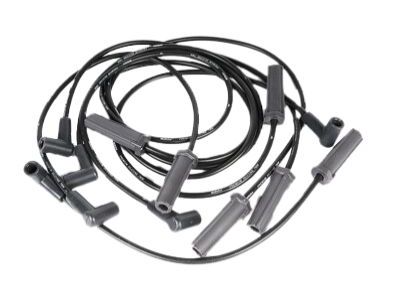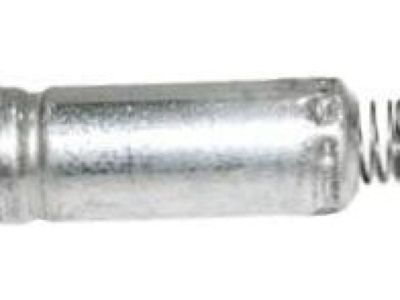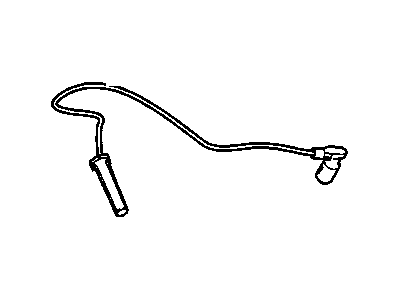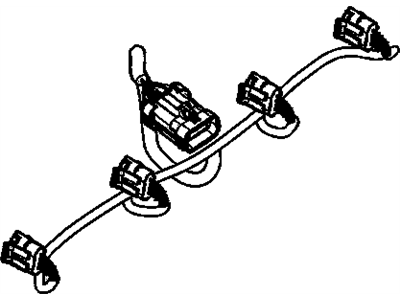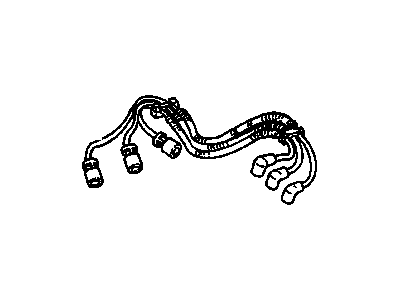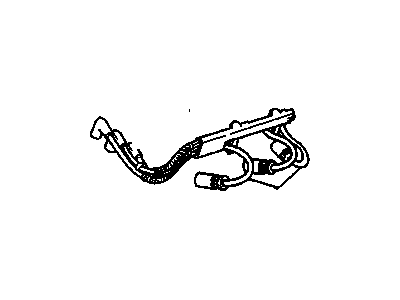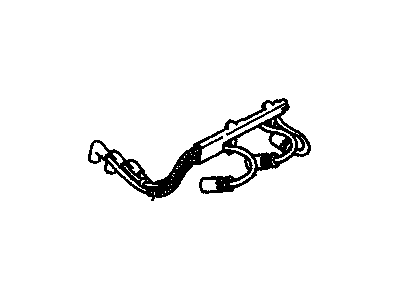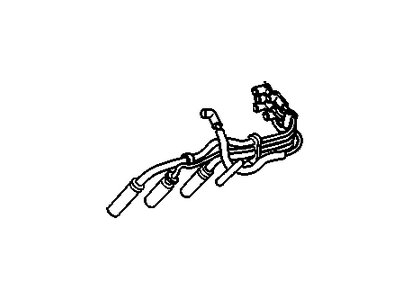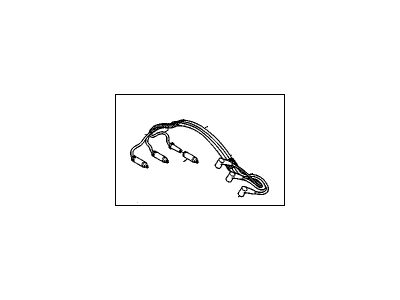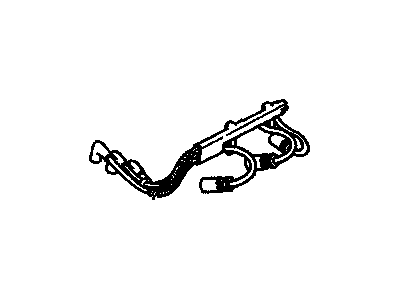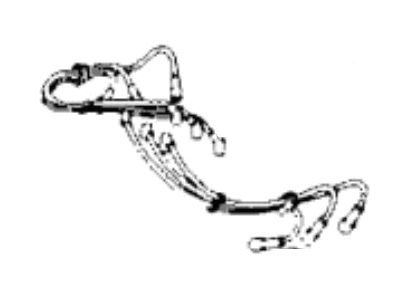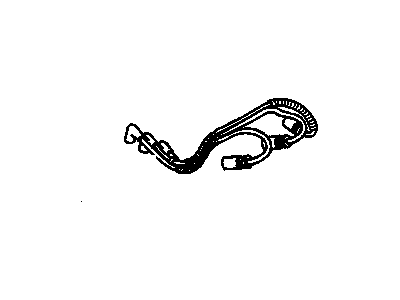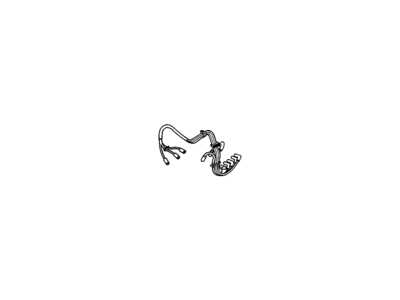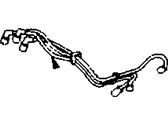My Garage
My Account
Cart
Genuine Buick Regal Spark Plug Wires
Spark Plug Ignition Wires- Select Vehicle by Model
- Select Vehicle by VIN
Select Vehicle by Model
orMake
Model
Year
Select Vehicle by VIN
For the most accurate results, select vehicle by your VIN (Vehicle Identification Number).
43 Spark Plug Wires found
Buick Regal WIRE KIT,SPLG
Part Number: 19417604$59.16 MSRP: $132.03You Save: $72.87 (56%)Ships in 1 Business DayBuick Regal Shield,Spark Plug Wire
Part Number: 19329681$6.43 MSRP: $11.54You Save: $5.11 (45%)Ships in 1-2 Business DaysBuick Regal Wire Kit,Spark Plug
Part Number: 19170849$63.06 MSRP: $118.98You Save: $55.92 (47%)Ships in 1-2 Business DaysBuick Regal Wire Kit,Spark Plug
Part Number: 12192462$41.26 MSRP: $131.88You Save: $90.62 (69%)Ships in 1-2 Business DaysBuick Regal Wire Asm,Spark Plug #4 Cyl (34"Long)
Part Number: 12192465$10.23 MSRP: $32.90You Save: $22.67 (69%)Buick Regal Wire,Spark Plug(16")Style B, 8Mm
Part Number: 12073950$12.60 MSRP: $14.88You Save: $2.28 (16%)Buick Regal Wire Kit,Spark Plug
Part Number: 19154581$42.11 MSRP: $94.00You Save: $51.89 (56%)Ships in 1-2 Business DaysBuick Regal Wire Asm,Spark Plug #4 Cyl (40"Long)
Part Number: 12192482$12.60 MSRP: $25.80You Save: $13.20 (52%)Buick Regal Wire, Spark Plug(20")Style B, 8Mm
Part Number: 12036964$12.60 MSRP: $17.44You Save: $4.84 (28%)Buick Regal Wire, Spark Plug(24")Style B, 8Mm
Part Number: 12036966$12.60 MSRP: $15.04You Save: $2.44 (17%)Buick Regal Wire Kit,Spark Plug
Part Number: 19171849$49.19 MSRP: $92.82You Save: $43.63 (47%)Ships in 1-2 Business DaysBuick Regal Wire Asm,Spark Plug #1 Cyl (16"Long)
Part Number: 12192473$10.34 MSRP: $19.49You Save: $9.15 (47%)Ships in 1-2 Business DaysBuick Regal Wire Kit,Spark Plug
Part Number: 19171850$39.36 MSRP: $74.26You Save: $34.90 (47%)Ships in 1-2 Business DaysBuick Regal Wire Asm,Spark Plug #2 Cyl (36"Long)
Part Number: 12192466$17.65 MSRP: $33.31You Save: $15.66 (48%)Ships in 1-2 Business Days
| Page 1 of 3 |Next >
1-20 of 43 Results
Buick Regal Spark Plug Wires
They interact with the ignition system of the automobile by conveying electrical energy from the Spark Plug Wires of Buick Regal vehicles to the spark plugs to start the vehicles. They are also referred to as high tension leads or HT leads The insulation used in these cables is heat resistance improve on arcing as well as durability. Current spark plug wires integrate features to diminish rfi including the use of resistive conductors and inductive coils. On all high quality spark plug wires, the terminals are made of brass so that they do not corrode while older engine may harbor a coil wire. These wires must be properly maintained and placed so that it can help in the efficiency and the longevity of the engines.
Each OEM Buick Regal Spark Plug Wires we offer is competitively priced and comes with the assurance of the manufacturer's warranty for the part. Furthermore, we guarantee the speedy delivery of your orders right to your doorstep. Our hassle-free return policy is also in place for your peace of mind.
Buick Regal Spark Plug Wires Parts Questions & Experts Answers
- Q: How to inspect and replace spark plug cables on Buick Regal?A: At every tune-up/inspection, visually check the Spark Plug cables for burns, cuts, or breaks in the insulation. Check the boots and the nipples on the distributor cap or coil. Replace any damaged wiring. Every 50,000 miles (80,000 km) or 60 months, the resistance of the wires should be checked with an ohmmeter. Wires with excessive resistance will cause misfiring and may make the engine difficult to start in damp weather. To check resistance, remove the distributor cap, leaving the wires in place. Connect one lead of an ohmmeter to an electrode within the cap; connect the other lead to the corresponding spark plug terminal (remove it from the spark plug for this test). Replace any wire that shows a resistance over 30,000 ohms. The following chart gives resistance values as a function of length. Generally speaking, however, the resistance figure shown is considered to be the outer limit of acceptability; so, if the wire approaches the maximum, you should replace it to prevent trouble in the future. Up to 15 in. (38 cm): 3,000-10,000 ohms. 15-25 in. (38-63 cm): 4,000-15,000 ohms. 25-35 in. (63-89 cm): 6,000-20,000 ohms. Over 35 in. (89 cm): 25,000 ohms. It should be remembered that resistance is also a function of length; the longer the wire, the greater the resistance. Thus, if the wires on your vehicle are longer than the factory originals, resistance will be higher, quite possibly outside these limits. When installing new wires, replace them one at a time to avoid mixing them up. Start by replacing the longest one first. Install the boot firmly over the spark plug. Route the wire over the same path as the original. Insert the nipple firmly onto the tower on the distributor cap, then install the cap cover and latches to secure the wires.
Related Buick Regal Parts
Browse by Year
2004 Spark Plug Wires 2003 Spark Plug Wires 2002 Spark Plug Wires 2001 Spark Plug Wires 2000 Spark Plug Wires 1999 Spark Plug Wires 1998 Spark Plug Wires 1997 Spark Plug Wires 1996 Spark Plug Wires 1995 Spark Plug Wires 1994 Spark Plug Wires 1993 Spark Plug Wires 1992 Spark Plug Wires 1991 Spark Plug Wires 1990 Spark Plug Wires 1989 Spark Plug Wires 1988 Spark Plug Wires 1987 Spark Plug Wires 1986 Spark Plug Wires 1985 Spark Plug Wires 1984 Spark Plug Wires 1983 Spark Plug Wires 1982 Spark Plug Wires

